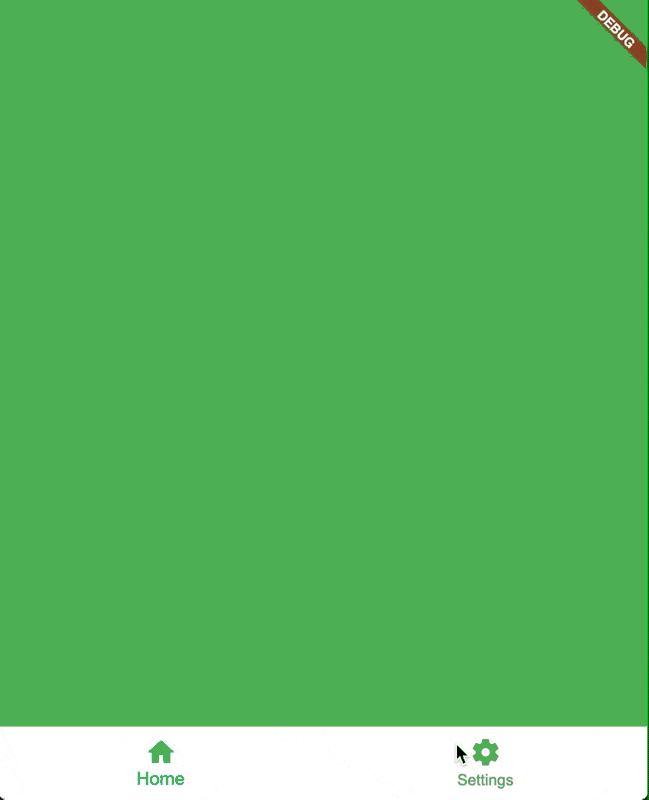How to use or set "on Tap" for Bottomnavigationbar
I am really new at flutter. I need a tap on bottomnavigationBar which will open a new page. But where should I use onTap? On Top (body) I have an other Navigation(Tabbarview). Why I dont have an "onTap" inside the BottomnavigationBar
bottomNavigationBar: SnakeNavigationBar(
style: SnakeBarStyle.floating,
backgroundColor: Color(0xffFFFFFF),
snakeColor: Color(0xff3f51b5),
currentIndex: _selectedItemPosition,
onPositionChanged: (index) =>
setState(() => _selectedItemPosition = index),
padding: EdgeInsets.all(4),
items: [
new BottomNavigationBarItem(icon: Icon(Icons.home)),
new BottomNavigationBarItem(icon: Icon(Icons.description)),
new BottomNavigationBarItem(icon: Icon(Icons.people)),
new BottomNavigationBarItem(icon: Icon(Icons.settings)),
new BottomNavigationBarItem(icon: Icon(Icons.battery_unknown)),
],
)));
1 Answer
There's many ways to use a BottomNavigationBar, in your case, that's a library an uses "onPositionChanged" as "onTap" there, not only you can update your variable, but open change the current widget display on screen.
Here a full example to switch between widgets using a BottomNavigationBar:
import 'package:flutter/material.dart';
void main() => runApp(Demo());
class Demo extends StatelessWidget {
@override
Widget build(BuildContext context) {
return MaterialApp(home: DemoApp());
}
}
class DemoApp extends StatefulWidget {
@override
_DemoAppState createState() => _DemoAppState();
}
class _DemoAppState extends State<DemoApp> {
Widget _currentWidget = Container();
var _currentIndex = 0;
Widget _homeScreen() {
return Container(
color: Colors.green,
);
}
Widget _settingsScreen() {
return Container(
color: Colors.red,
);
}
@override
void initState() {
super.initState();
_loadScreen();
}
void _loadScreen() {
switch(_currentIndex) {
case 0: return setState(() => _currentWidget = _homeScreen());
case 1: return setState(() => _currentWidget = _settingsScreen());
}
}
@override
Widget build(BuildContext context) {
return Scaffold(
body: _currentWidget,
bottomNavigationBar: BottomNavigationBar(
currentIndex: _currentIndex,
onTap: (index) {
setState(() => _currentIndex = index);
_loadScreen();
},
items: [
BottomNavigationBarItem(icon: Icon(Icons.home), title: Text('Home')),
BottomNavigationBarItem(icon: Icon(Icons.settings), title: Text('Settings')),
],
),
);
}
}
The result of this is the following app:

answered on Stack Overflow May 9, 2020 by  Mariano Zorrilla
Mariano Zorrilla
User contributions licensed under CC BY-SA 3.0